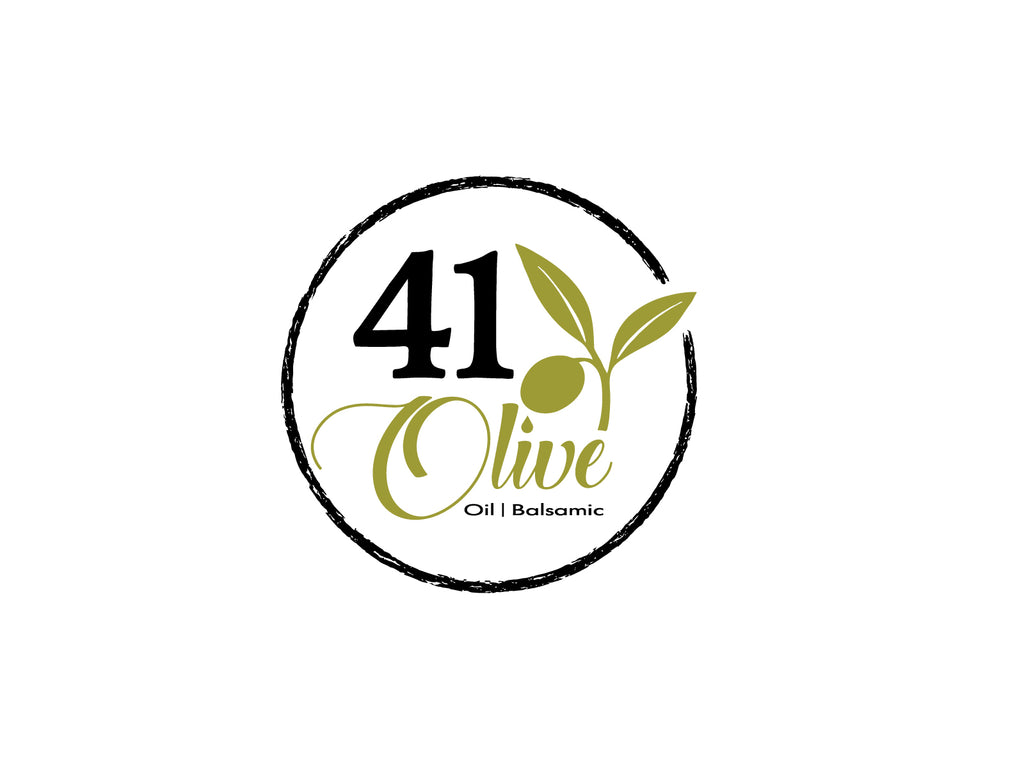Unusual Ingredients: White Balsamic Vinegar
Balsamic Vinegar is a much-persecuted condiment. It innocently arrived in Britain abreast of the 1970s wave of enthusiasm for Italian cookery. Marcella Hazan encouraged its traditional use - but somewhere along the line, things went astray.
Traditional Balsamic Modena is often replaced with cut-price supermarket mimics that are syrupy and sweet. Dubbed the "ketchup of the middle classes", it seems to be most often used to drown lettuce leaves and "drizzled" over bowls of strawberries. Balsamic syrups are zig-zagged over rounds of goats cheese, and over-reduced balsamic glazes weld slabs of pheasant to dinner plates.
In addition, Balsamic Vinegar is now the go-to condiment for most chefs - with black balsamic overuse most prevalent in pub kitchens.
What’s The Deal With White Balsamic Vinegar?
It is light in flavour, and leaves absolutely no trace. Additionally, unlike a sweet supermarket Balsamic Vinegar, an exceptional White Balsamic Vinegar is dry and delicate and less viscous.
Furthermore, it seems to lack Black Balsamic Vinegar's ostentatious ways - for White Balsamic Vinegar doesn't need to announce its presence with a glistening dark smear. It silently imparts its flavours without affecting the aesthetics of a dish.
Perhaps it's the growing disdain for Black Balsamic Vinegar which has helped launch the career of its relative. Moreover, White Balsamic Vinegar is made in a similar way to more traditional Black Balsamic Vinegars. It starts with trebbiano grapes, which are grown in the Emilia-Romagna region of Italy. But while Dark Balsamic Vinegar is simmered and caramelised and aged in oak barrels, White Balsamic Vinegar is cooked at a high pressure to prevent caramelisation.
The ageing process for white balsamic vinegar is far shorter - rarely longer than a year - to ensure that the colour is no darker than a sherry, and that the flavour stays light and fresh.
“White balsamic prevents muddy-looking salad leaves or discoloured white fish,"explains Fiona St George, spokesperson for Belazu. "The flavour is quite similar, but white balsamic is a little less intense, which means it can be used as an ingredient without overpowering a dish."
From feta salads to white balsamic-glazed halibut, a splash in tomato soup and with slow-braised shallots, the vinegar heightens and enhances without overwhelming. So as black balsamics become the pariah of the kitchen, perhaps white balsamics will edge into the empty spotlight.
